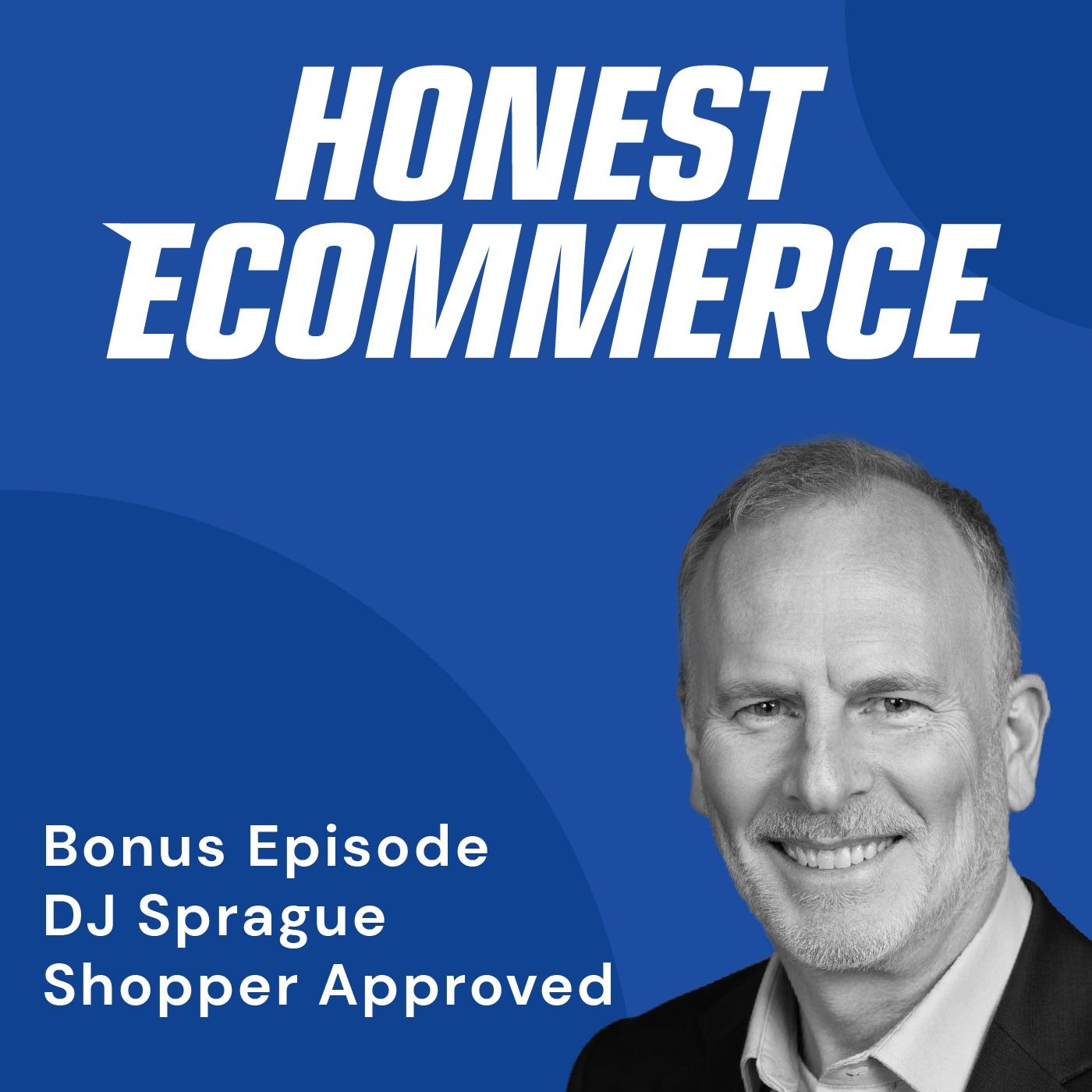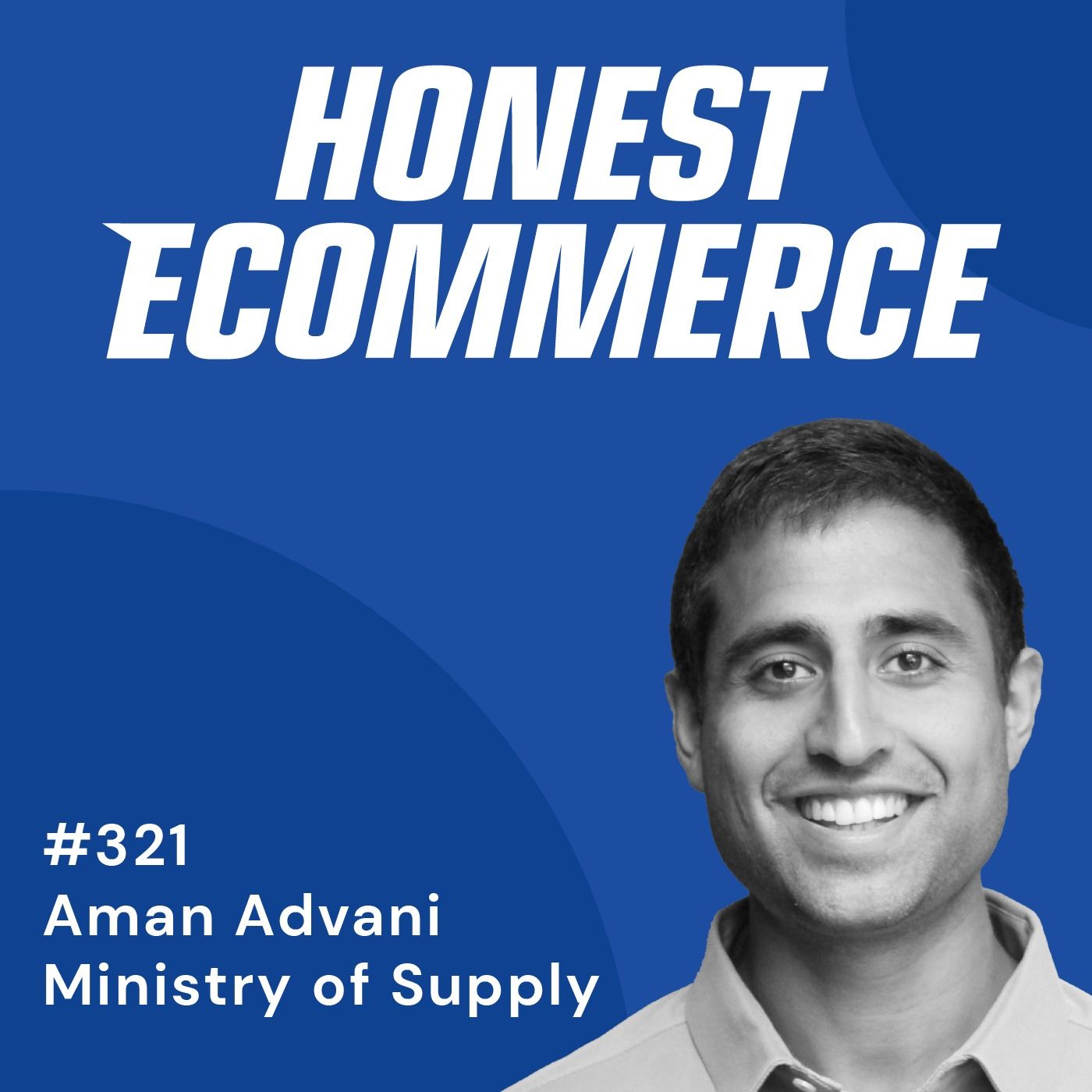Aman Advani is an innovator, entrepreneur, and the driving force behind Ministry of Supply, a brand redefining comfort in professional clothing. As the CEO and Co-Founder, he has fused engineering, technology, and fashion to create apparel that is soft, stretchy, and wrinkle-free—without the need for dry cleaning or ironing.
Before launching the Ministry of Supply, Aman built his career in management consulting at Deloitte and TechnoServe, developing a sharp eye for problem-solving and operational efficiency. Armed with a BSIE from Georgia Tech and an MBA from MIT, he turned his passion for performance-driven fashion into a thriving brand that has earned recognition from Fast Company, NASA, and Guinness World Records.
Today, Aman is on a mission to engineer the future of apparel. Under his leadership, Ministry of Supply has perfected the balance between comfort and performance, pushing the boundaries of wearable technology, supply chain innovation, and customer-first branding. As the retail landscape shifts, he’s proving that science-driven design isn’t just a trend—it’s the future of fashion.
In This Conversation We Discuss:
- [00:39] Intro
- [01:18] Turning DIY fixes into a scalable business
- [02:58] Launching a Kickstarter to validate demand
- [03:36] Refining the product through 14 iterations
- [04:19] Struggling with a supply chain built for 30K
- [04:56] Handling the chaos of rapid demand
- [05:53] Prioritizing backers over new sales
- [06:51] Embracing feedback to improve the product
- [08:01] Building a website before Shopify took over
- [08:59] Regretting early diversification too soon
- [10:12] Episode Sponsors: StoreTester and Intelligems
- [13:25] Defining what makes fashion timeless
- [15:22] Lessons from switching platforms
- [16:13] Optimizing analog strategies for digital growth
- [18:00] Why great products outlast trends
- [19:42] How supply chain strategy drives growth
- [21:12] Balancing art and science in retail
- [21:47] Why personalization is the next big shift
Want more insights from top Ecommerce leaders? Our episode guest was a featured speaker at eTail Palm Springs 2025, sharing insights with top Ecommerce minds. If you want to be part of the next big discussions, join eTail Boston in August 2025 and/or eTail Palm Springs in February 2026!
Learn more at eTail’s official sites:
https://etaileast.wbresearch.com/
https://etailwest.wbresearch.com/
Resources:
- Subscribe to Honest Ecommerce on Youtube
- Performance Clothes for Work ministryofsupply.com/
- Follow Aman Advani linkedin.com/in/amanadvani
- Book a demo today at intelligems.io/
- Done-for-you conversion rate optimization service storetester.com/
If you’re enjoying the show, we’d love it if you left Honest Ecommerce a review on Apple Podcasts. It makes a huge impact on the success of the podcast, and we love reading every one of your reviews!
Transcript
Read more

On this episode of Honest Ecommerce, we have Brandon Horoho Co-Founder, VP, and CMO of Montana Knife Company (MKC). We talk about why they started MKC, how it stands out from other knife companies...

On this bonus episode of Honest Ecommerce, we have DJ Sprague, co-author of Reputation King and CMO of Shopper Approved. We talk about why reputation management is crucial for online success, how...

